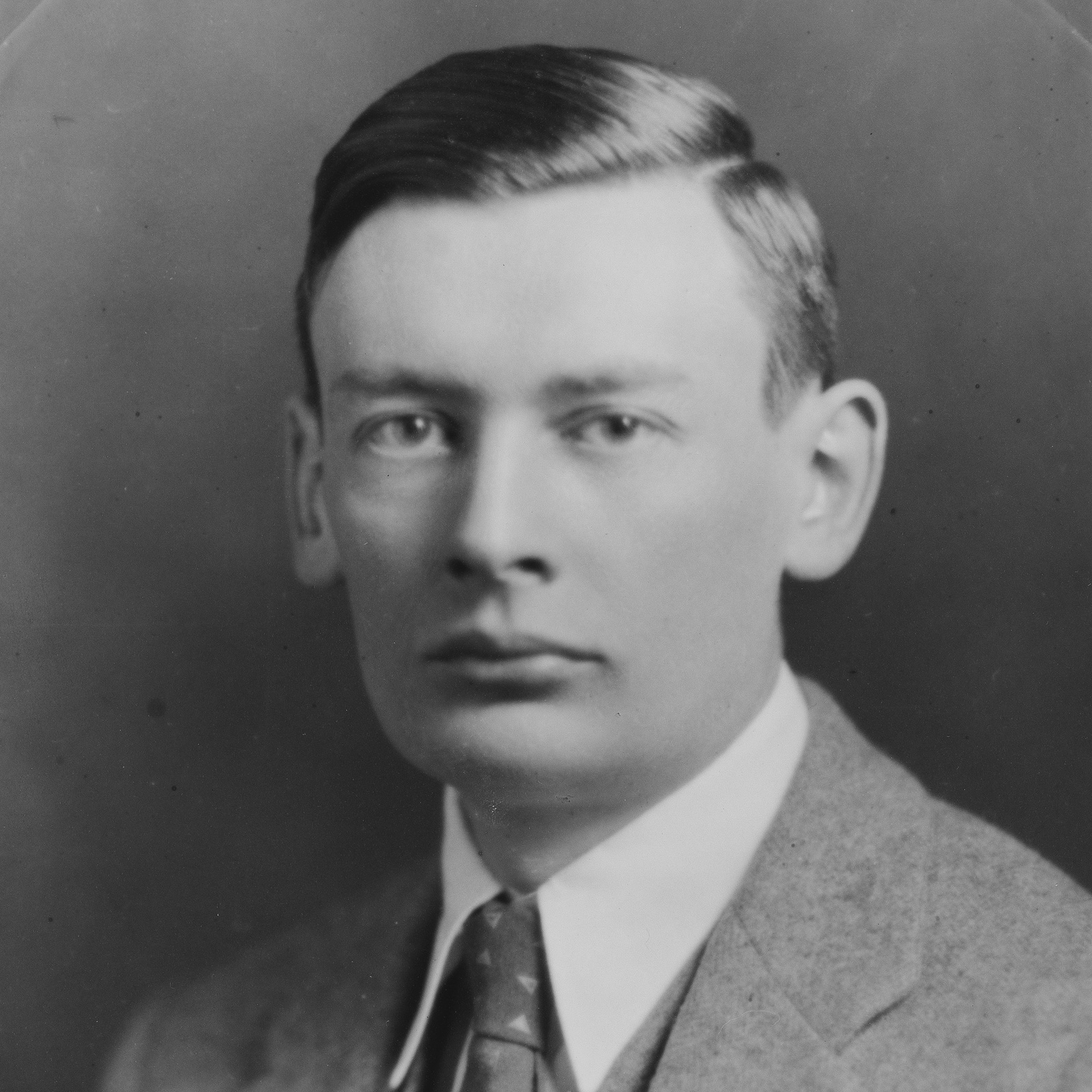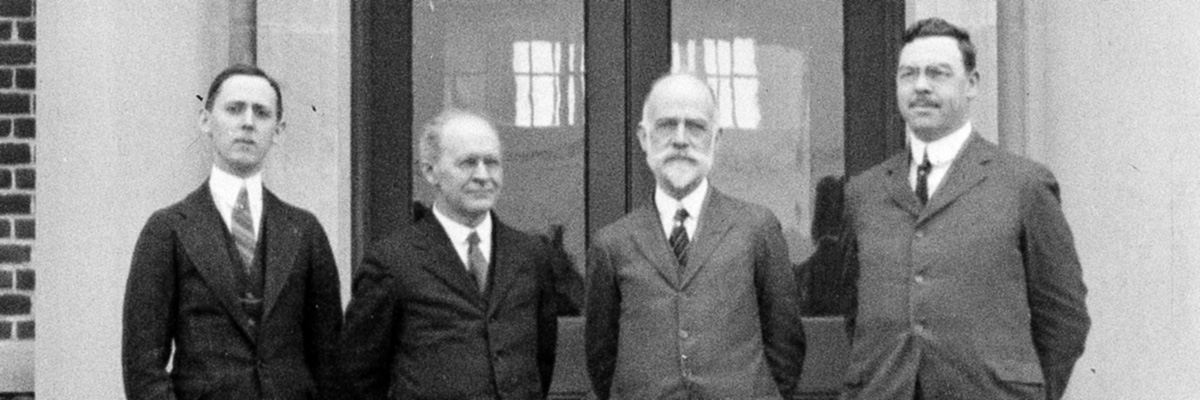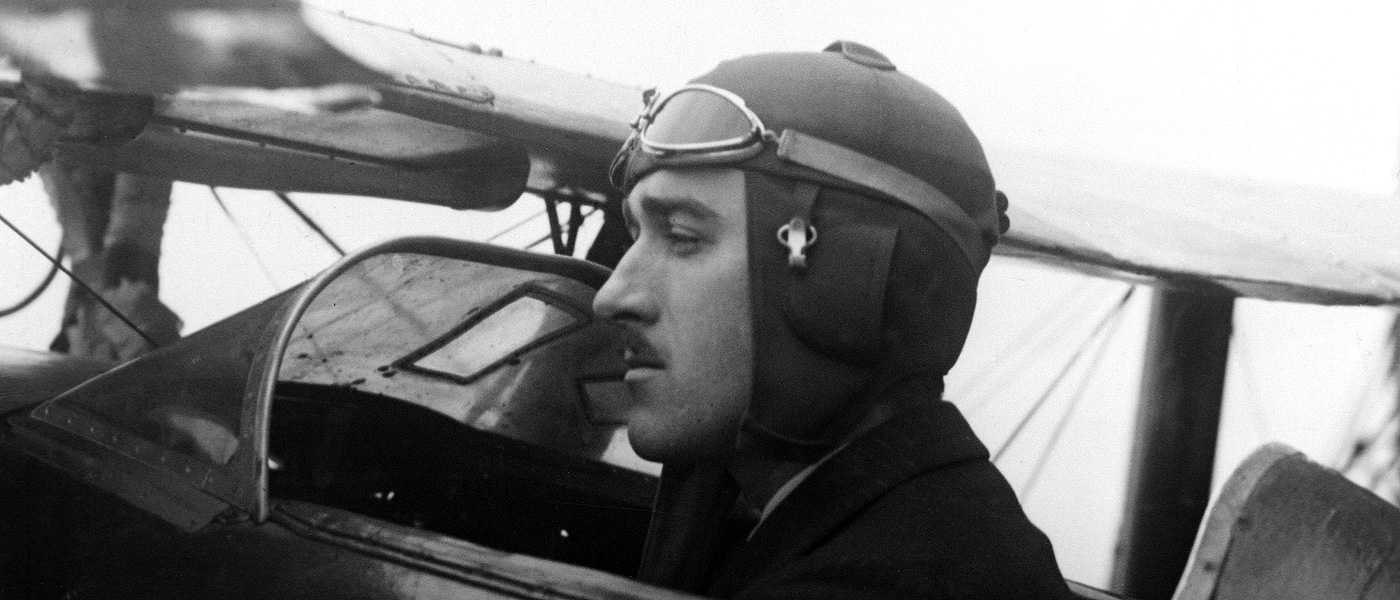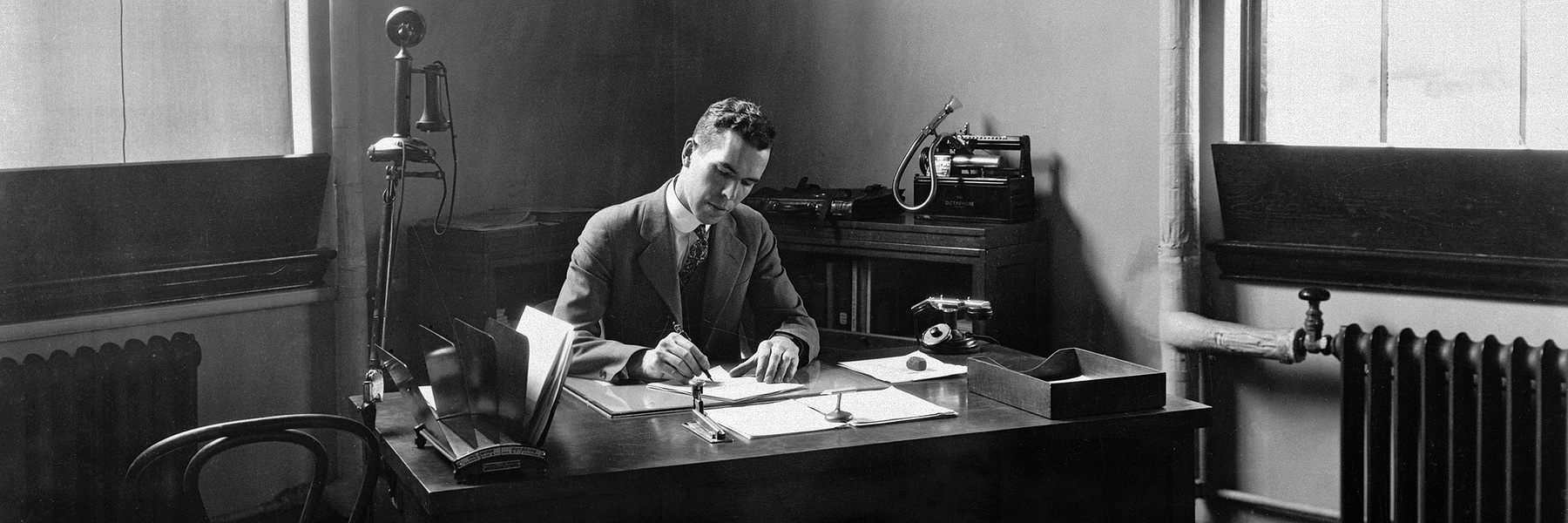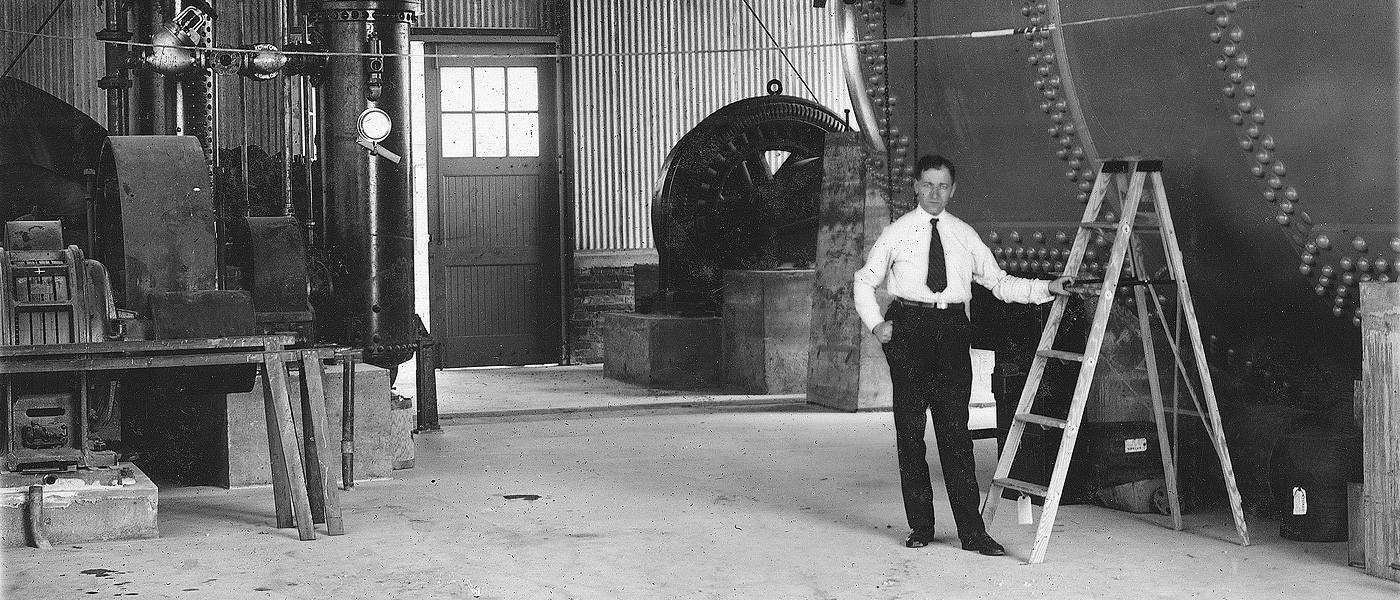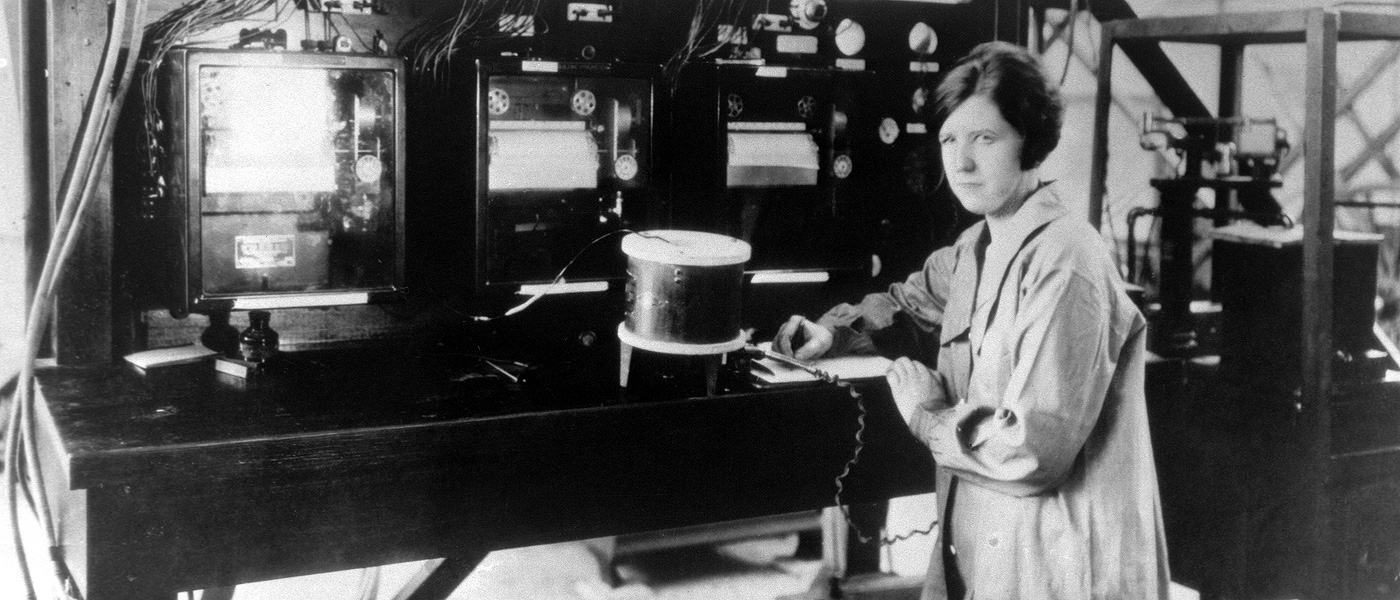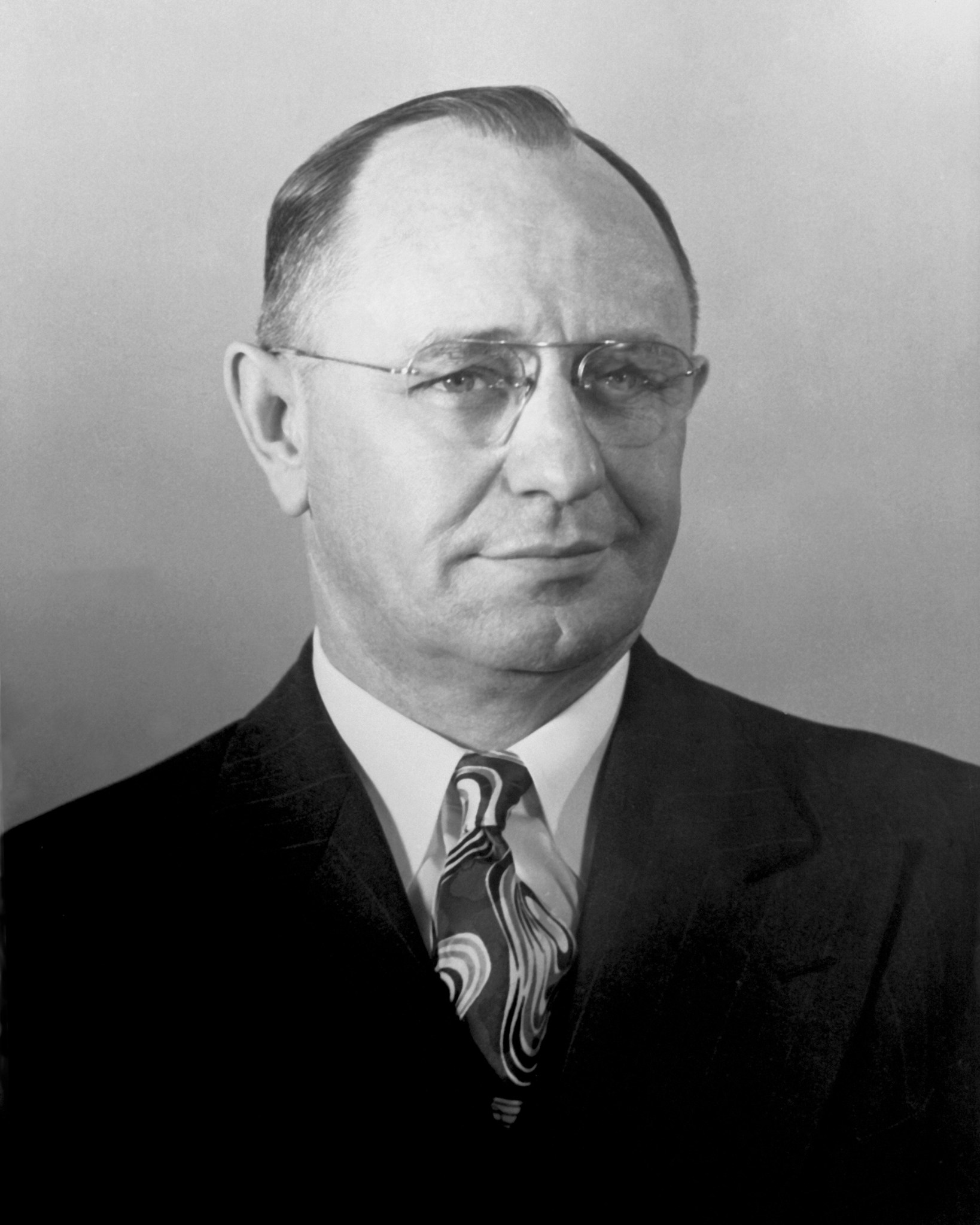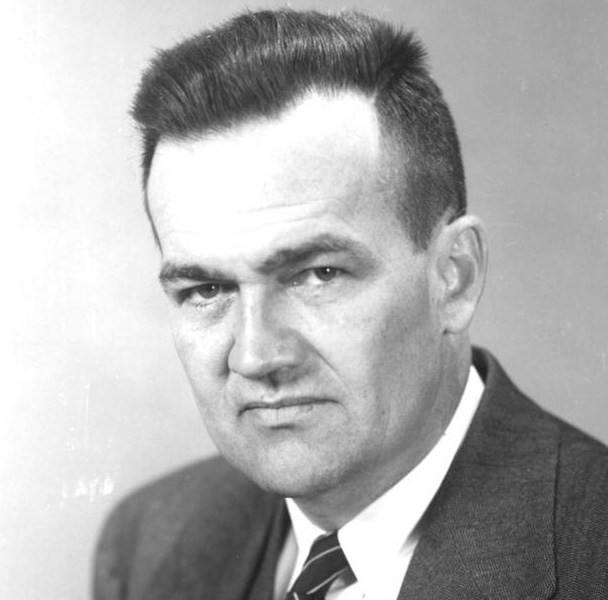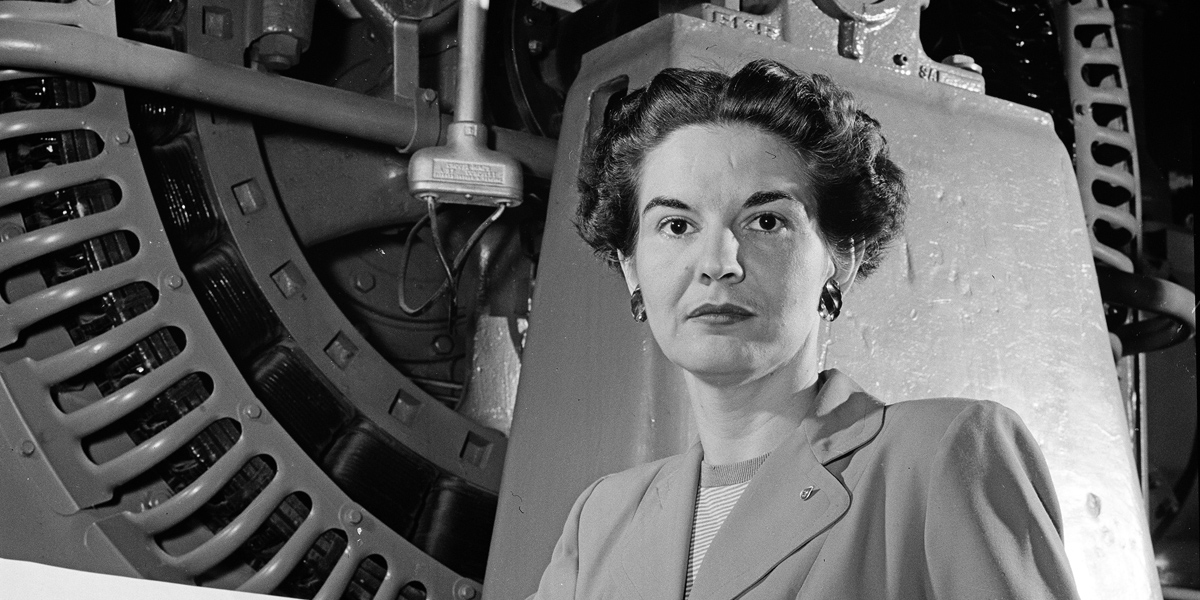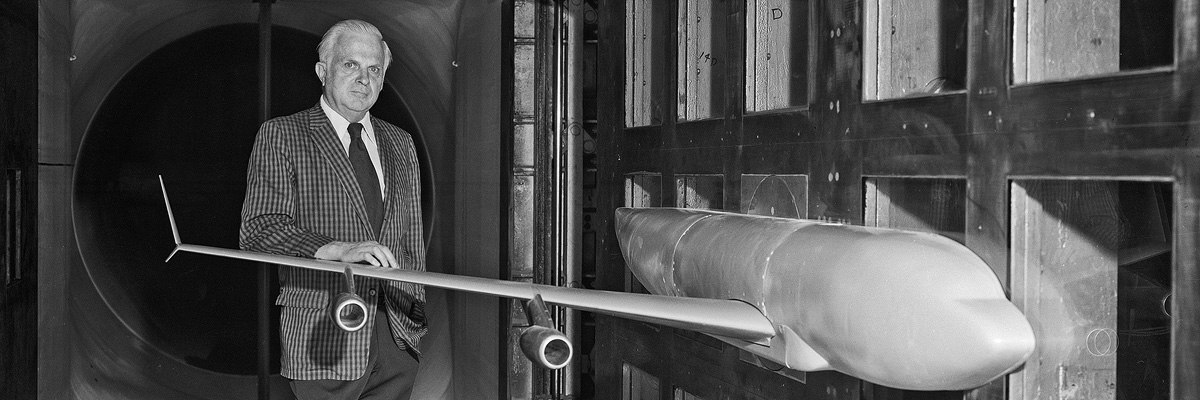LEARN MORE: NASA Langley Centennial | Crafting Flight | Breaking the Sound Barrier
In the 100 years since NASA Langley was established more than 274,000 people have come through the Hampton, Virginia research lab’s gates. Here are just a few early aviation pioneers.
Frederick Norton
Fred Norton, Langley’s first technical employee, began a longstanding tradition at the Hampton laboratory – flight research. In 1919 he and partner Edward Warner used two loaner Army JN-4H Jennies from the U.S. Army to do aerodynamic and handling quality experiments. He also helped design Langley’s first wind tunnel.
Leigh Griffith
Leigh Griffith (on the right in this image) was Langley’s senior staff engineer in 1920 before being named the first “engineer in charge” in 1922. He was a mechanical engineer who was more comfortable with engines than aerodynamics, according to scholars. He left five years later after an issue concerning paperwork.
Thomas Carroll
Tom Carroll was the first civilian test pilot at Langley – hired in 1922. Before coming to Hampton he got a law degree from Georgetown and had served in France teaching air tactics to pilots. Before leaving Langley in 1929 he helped encourage researchers to study the problem of aircraft icing.
Henry J.E. Reid
Henry Reid was the longest head of Langley, serving as “engineer in charge” from 1926 to 1928, when his title changed to director. He retired in 1960 after 35 years at the helm of a research campus that grew from 136 employees to more than 3,200.
Max Munk
In his six short years at the NACA, German-born Max Munk brought some of Europe’s technical knowledge to the U.S.. His huge contribution was the Variable Density Tunnel – a revolutionary pressurized wind tunnel that could replicate flight conditions. Munk also revolutionized how to assess wing shapes, which led to better airplane design.
Pearl Young
In 1922 physicist Pearl Young became the first female professional hired at Langley. After starting in instrumentation, she recognized a need for better technical writing at the laboratory, so she conceived and implemented a system that continues to be used today.
Smith DeFrance
Smith DeFrance was the engineer behind the design and operation of the Langley Full-Scale Tunnel, which was the world’s largest wind tunnel when it went into operation in 1931. The tunnel tested full-sized aircraft for almost seven decades. DeFrance went on to become the first director of the Ames Research Center.
Mel Gough
Test pilots at Langley have often started as engineers. Engineer Mel Gough, who began his career in wind tunnels in 1926, took a leave of absence so he could learn to fly and come a pilot at Langley in 1929. He rose to chief pilot, then director flight research until he transferred in 1958 to Cape Canaveral to become NASA’s head of the Atlantic Missile Range.
Kitty O’Brien Joyner
Hired in 1939, Joyner was Langley’s first female engineer. She already had established a reputation for firsts – she sued the University of Virginia so she could enter the all-male engineering school. She eventually rose to become a branch head.
Richard Whitcomb
Arguably the best-known engineer in Langley history and the only aerodynamicist in the National Aviation Hall of Fame, Richard Whitcomb made tremendous contributions that have touched virtually every commercial aircraft flying today. His most obvious development is the winglet – the upturned wing tips on many planes that improve fuel efficiency.



























